Since the invention of 4 wheel drive (4wd), the search for more traction to push farther Down the trail has been a topic for discussion in both engineering rooms and around the campfire. Lockers come in many forms. The lowest form being limited slip to the highest form as a solid spool removing all the moving parts nested inside the ring gear.
THE DIFFERENTIAL
To understand when to use the locker, it’s important to understand what differentials do. As power is applied to the rear axle, the power is divided between the tires via differential gears or spider gears. These bevel gears transmit energy 90° out the axle shafts to the tires. There’s a catch.
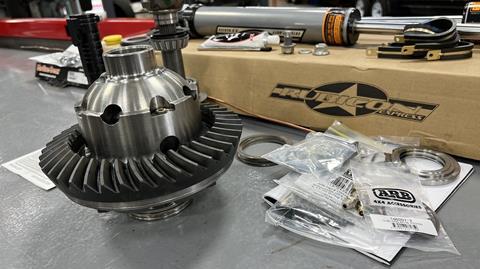
When the vehicle is on a maximum traction surface like asphalt, the axle could possibly have too much traction to make a U turn or enter a tight parking spot. So, the spider gears job is to differentiate between the inner and outer tire speed while still applying maximum traction.
The inside tire makes fewer rotations than the outside tire when the vehicle performs tight turns. While this open differential solution works great 90% of the time, once one tire loses traction, (raise it off the ground or dip it in mud or snow) the tire with the least grip will spin wildly.
LIMITED SLIP DIFFERENTIAL (LSD)
To combat wildly spinning single tires, manufacturers added clutches to apply pressure to the spur gears increasing the friction and limiting the differential activity. This helps greatly and can be shimmed from 50-90% breakout (meaning no differential until the measured breakout). This comes with its own set of problems. 1) Icy and rainy pavement can be really slick. If a vehicle has no differential, it has a high probability of spinning out in a turn. 2) LSD’s also won’t carry a tire over an obstacle.
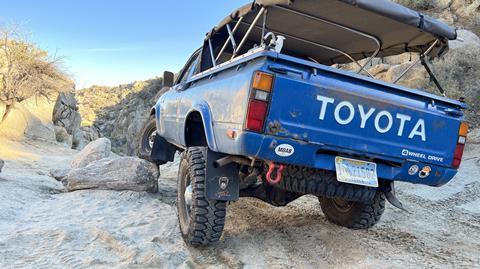
Once the tire loses contact, the 90% breakout lets the energy go to the free tire and the vehicle stops moving. 3) clutches wear out. As the clutches wear from extreme use the breakout number will lower.
AUTOMATIC LOCKERS
Automatic lockers come in many forms from worm gears to gearless. Each having advantages and disadvantages. Let’s start with gearless lockers. These function when power is applied. The more power the more positive traction reaches 100%. This also works on deceleration. So, If you downshift early, the locker can activate. This can also be problematic in rain and snow. Worm gear lockers replace the spider gears with worm gears. This type of locker is fantastic up to 90% breakout. When maximum traction is applied, the balance of power is seamless. The only problem is they suffer the same failed mode as an LSD. Once a tire leaves the ground, the tire will start to spin. Sometimes setting the E Brake is enough resistance to get the locker engaged again.
SELECTABLE LOCKERS
Selectable lockers are the best of both worlds. Open differential on the highway and the possibility to lock up on the trail. This brings us to the question, when do we use our lockers? The real answer depends on the situation. Seasoned veterans would tell you never! Others would say a few feet before a tough obstacle you know your vehicle would struggle on. What’s the right answer?
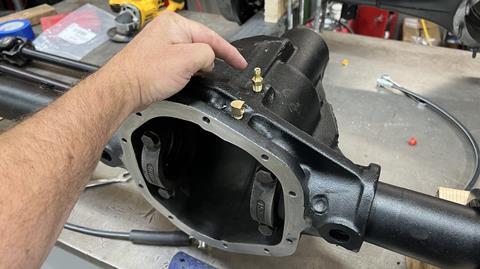
Both! Anytime the locker is engaged, additional stress is added to the axle shafts, hubs, bearings, steering components and the tires. So, sparing using the locker helps save those components from applying two times the normal force to the tire doing all the work. Remember the locker also increases your turning radius by removing differentiation in the tire rotation. This might cause the vehicle to miss a critical traction point on a hard trail causing the vehicle to slide into a harder line than intended.
SAVE YOUR LOCKERS
The real answer is saving your lockers until you truly need them. It’s another tool in your toolbox that would be applied downstream after you’ve done the basics.
1) Air down. Get that floatation to create more traction. This also gives you a few inches more travel before a tire comes off the ground.
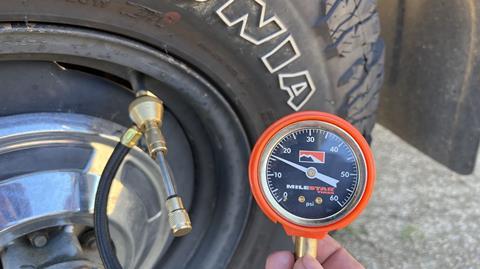
2) Disconnect your sway bar. Letting the suspension travel freely from side to side will increase freedom of movement, make the occupants more comfortable in the rig and keep the tires planted longer making traction.
3) Momentum is your friend. When rolling over a hole you know your vehicle will lose traction, keep a good cadence. Not so fast you break eggs in the ice chest, but just slow enough to hover the tires over the holes that would create wheel spin.

4) Mash the E brake pedal to add friction to the spinning tire. This little secret has been used for decades in Baja in the form of turning brakes. Today modern vehicle do the same thing using antilock brake modules. You might know them as (Ford’s “Trail Control”) or (Toyota’s “A-TRAK”).
5) Lastly, use your locker. Set up on the obstacle, pick your line, engage your locker. High 5 your buddies as you ace the situation and turn your lockers off immediately.
SOURCES:
Motive Gear Differential Locker
ABOUT AUTHOR:
Born a SoCal Native, Ryan Spends his time Building vintage 4x4’s and running trails all over the western United States. To pay the bills, Ryan is the Engineering Team Leader for Smittybilt. Follow Author Ryan Kennelly’s off-roading adventures on Instagram @Dirtstar2002.
This story originally appeared in Issue 2 of our Print & Digital magazine. Click to subscribe.




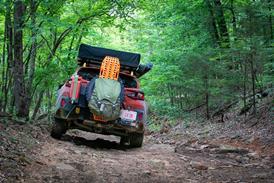
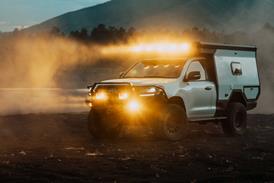
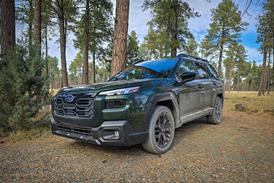
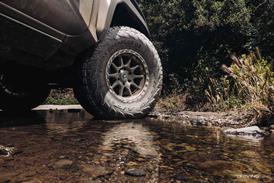
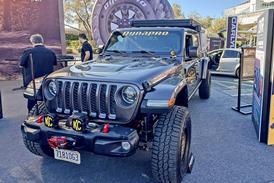
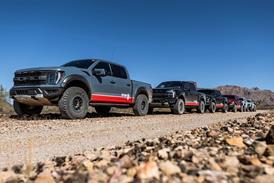
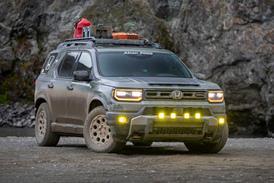
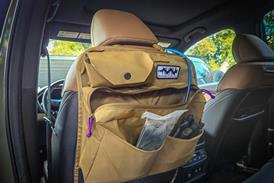
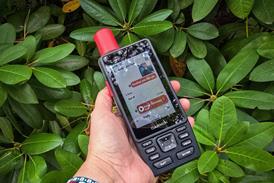
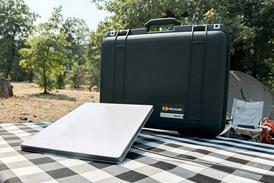
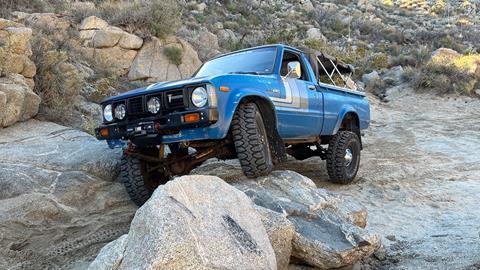

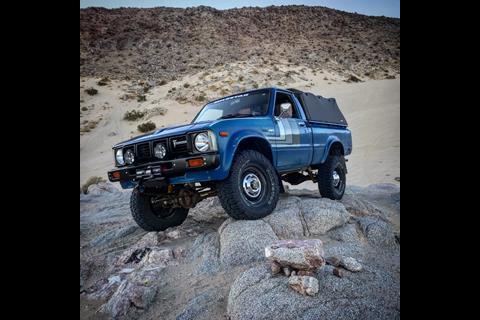

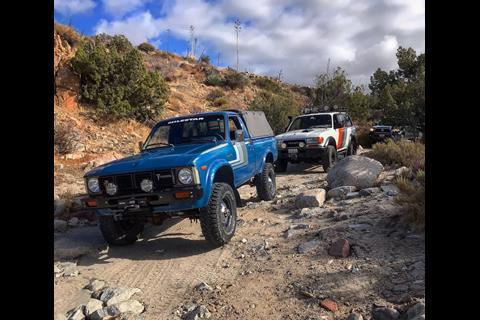
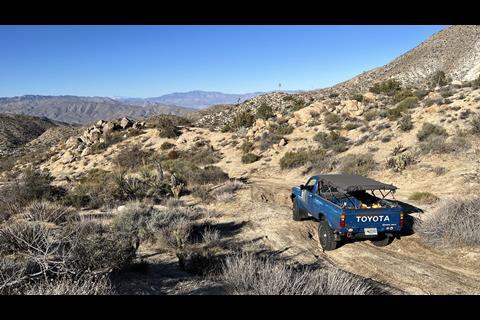


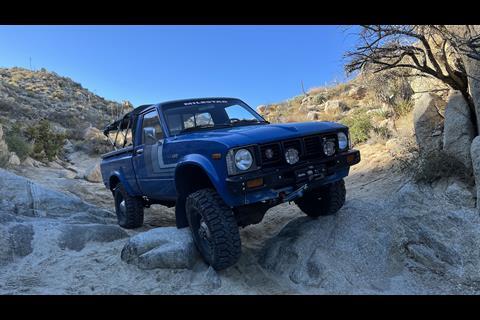
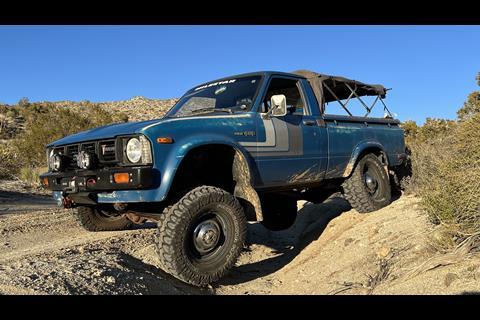








No comments yet